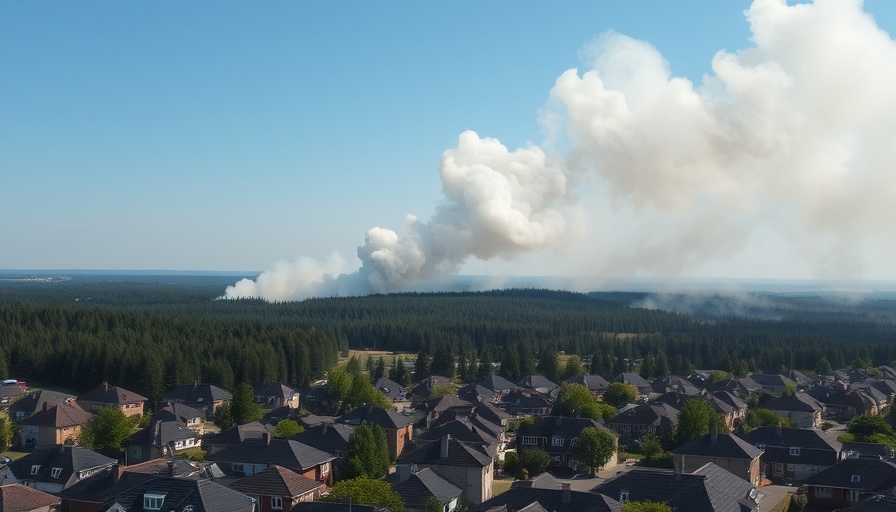
When Wildfires Trigger Self-Defense
California is once again facing the dual threat of raging wildfires and escalating chaos. As wildfires engulf vast areas of Los Angeles County, causing damage estimated at a staggering $250 billion, residents find themselves in a precarious situation. Amid evacuation orders, many Californians are standing their ground, arming themselves, and organizing to protect their homes from a growing wave of looters. With police resources stretched thin, these "stayers" are taking matters into their own hands, mobilizing through platforms like WhatsApp to share information and coordinate efforts.
Looting Amidst the Flames
The alarming rise in looting incidents—over 50 arrests reported—highlights a side of the crisis that extends beyond the environmental devastation. As masked individuals exploit the chaos, wielding tools like window breakers to ransack abandoned homes, the very fabric of community safety is in jeopardy. This grim reality presents tough choices for residents: evacuate and risk losing their homes to thieves, or stand their ground and potentially interact dangerously with the criminals they aim to protect against.
The Psychological Impact of Wildfire Chaos
For many residents, the decision to resist evacuation reflects a deeper psychological struggle—fear, anger, and a yearning for safety in a time when normality slips away. The uncertainty stemming from both wildfires and looting forces individuals to navigate their well-being while also grappling with communal trust. The demand for homemade safety measures sheds light on the mental health implications of natural disasters, where anxiety and desperation can drive people to desperate acts of self-defense.
Historical Precedents and Lessons
Historically, communities under threat from natural disasters have faced similar backlash and self-protective behaviors. From Hurricane Katrina to the aftermath of Superstorm Sandy, we see that population dynamics shift dramatically during crises. People instinctively look to protect their 'castle'—their home—when faced with lawlessness. This historical lens allows us to understand current behaviors as more than just reactions to immediate threats, but as part of a larger narrative of human resilience and the instinct to safeguard what is one’s own.
A Multi-Dimensional Approach to Crisis Management
The events unfolding in California prompt a reevaluation of how society prepares for and responds to crises. As communities balance urgency with safety concerns, the importance of structured emergency services becomes evident—emphasizing collective resilience over isolation. Engaging local governments, law enforcement, and community organizations can lead to more effective crisis management strategies that support both physical and psychological safety.
 Add Row
Add Row  Add
Add 




 Add Row
Add Row  Add
Add 



Write A Comment